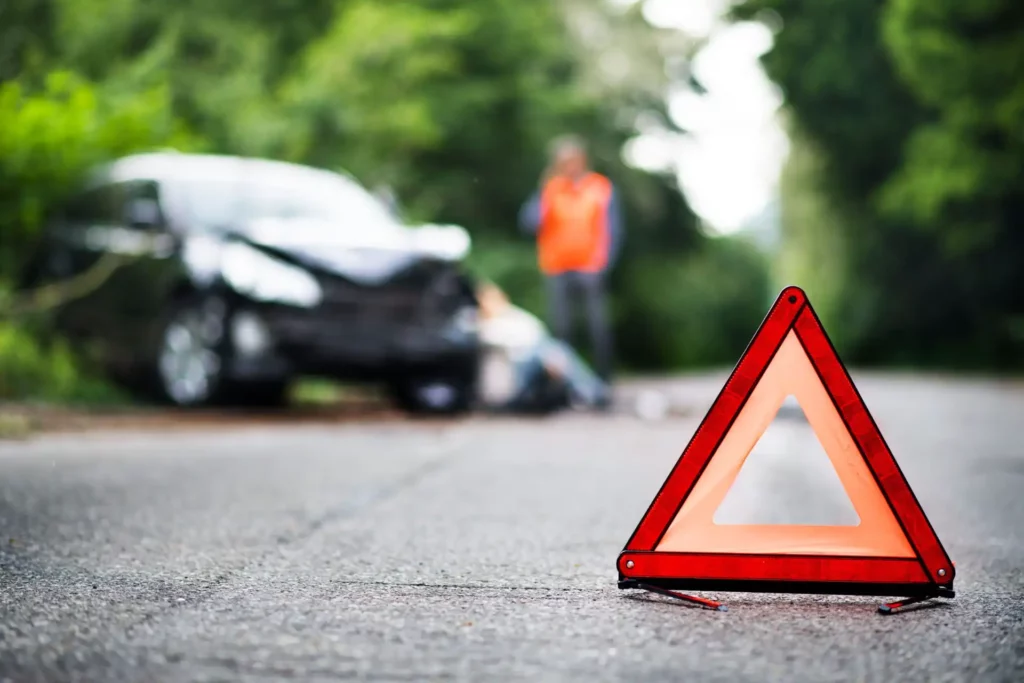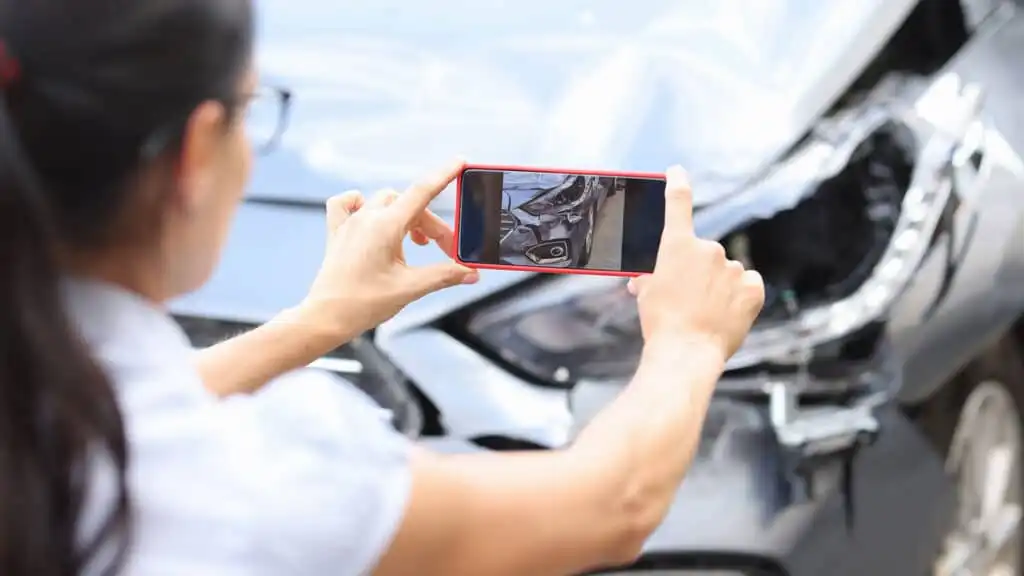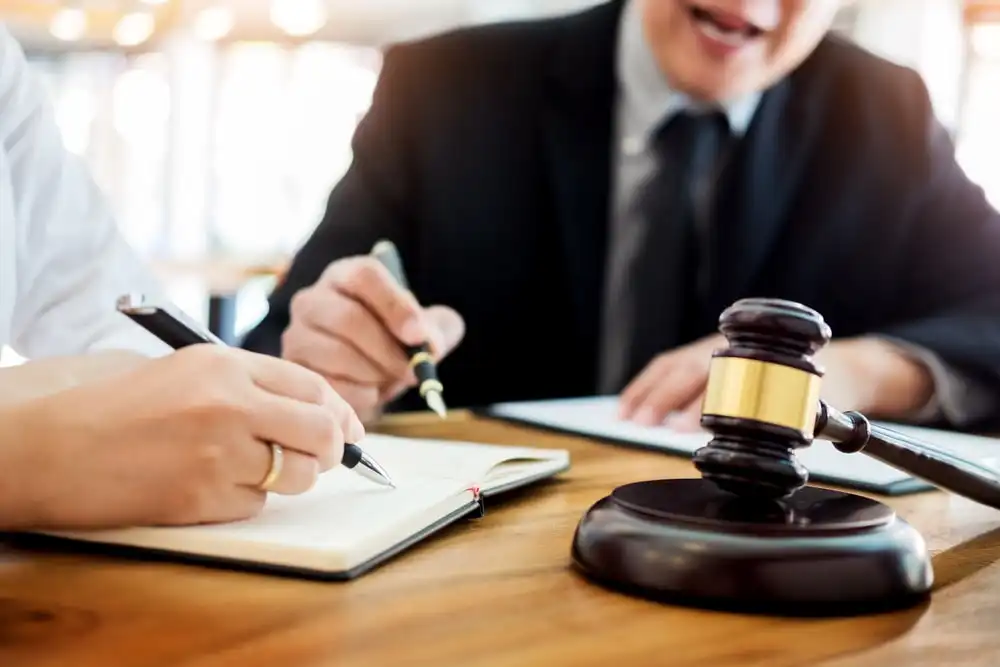No one ever expects to be in a car accident. But when it happens, it can feel like everything moves in slow motion, which is confusing, overwhelming, and stressful. What you do in the following moments can have long-lasting consequences if you are unprepared. Knowing how to handle the situation is essential for your safety, insurance claims, and any potential legal proceedings, whether a minor fender-bender or a more serious crash.
This guide provides essential steps to follow after a crash, from securing the scene to dealing with insurance adjusters and understanding your legal rights, ensuring you manage the situation confidently.
Stay Calm and Assess the Situation
The first and most important thing you can do is stay calm. Panic clouds judgment and makes it harder to respond appropriately. Take a few deep breaths, focus on your surroundings, and check yourself and any passengers for injuries. Even if injuries aren’t visible, pain or dizziness could point to internal trauma.
If you can, safely exit the vehicle and assess the scene. Turn on your hazard lights to alert oncoming drivers. Move to a safe area away from traffic if possible. Avoid standing between vehicles or near moving traffic.
Check for Injuries and Call for Help
Even minor car accidents can cause injuries that aren’t immediately obvious. Start by asking if anyone in the vehicle is hurt or feeling unwell. If anyone is unconscious, bleeding, or unable to move, call 911 right away. While waiting for emergency services, try not to move any injured individuals unless they’re in immediate danger (like from a fire or leaking fuel).
Whether or not you see injuries, getting checked by a medical professional as soon as possible is a brilliant idea. Injuries like whiplash, concussions, and internal bleeding might not show symptoms right away but can become serious if untreated.
Move to a Safe Location
Once you’ve checked for injuries and called emergency services, prioritize moving to a safe location. If your vehicle is operable and you’re not seriously hurt, pull over to the side of the road or a nearby parking area. Please turn on your hazard lights and stay inside your vehicle on a busy highway unless it’s safer to step outside.
If your vehicle can’t be moved, stay where you are and wait for help. Avoid obstructing traffic or putting yourself in harm’s way while waiting for emergency responders.
Turn On Your Hazard Lights
Activating your hazard lights is one of the simplest yet most effective steps after a crash. It signals to other drivers that there’s an emergency ahead, helping reduce the risk of further collisions.
Most hazard light buttons are marked with a red triangle and located on the dashboard. Use them immediately, especially in poor weather or low-light conditions. If you have cones, flares, or reflective triangles, set them up around your vehicle.
Contact the Police
No matter how minor the accident may seem, always contact the police. A police report provides an official account of the incident, which can be crucial later when filing an insurance claim or pursuing legal action. When officers arrive, provide your version of events clearly and calmly. Be sure to get their names, badge numbers, and report numbers; they’re helpful if you need to follow up later.
Document the Scene
Start gathering evidence while the details are still fresh. Use your phone to take clear photos of:
- All vehicle damage from multiple angles
- Your vehicle’s position and surroundings
- Any skid marks, road signs, or hazards
- Visible injuries
- License plates of all involved vehicles
Alongside photos, jot down key details like the time of the accident, weather conditions, traffic signals, and your initial thoughts on what caused the collision. This information can prove valuable later, especially if there’s a dispute about who was at fault.
Exchange Information with Other Drivers
After ensuring everyone is safe and calling the police, exchange information with the other parties involved in the accident. You’ll want to collect:
- Full names and contact information, insurance company names and policy numbers
- Driver’s license numbers
- Vehicle make, model, year, and color
- License plate numbers
- The location and time of the crash
If they agree, take photos of their insurance cards and driver’s licenses. This prevents mistakes when relaying information to your insurer. Stay professional and courteous, and avoid discussing fault or blaming anyone at the scene.
Seek Medical Attention
Even if you feel fine after a crash, it’s essential to get checked out by a medical professional. Specific injuries take hours or days to show symptoms. A thorough medical exam will document any injuries, help support your insurance claim, and ensure you receive the necessary care.
Keep copies of all medical reports, prescriptions, and receipts. These documents can serve as crucial evidence to prove injury-related expenses.
Notify Your Insurance Company
Once you’ve documented the scene and gathered the necessary information, contact your insurance company as soon as possible, ideally within 24 hours of the accident. Give a clear, concise account of what happened, and provide:
- The police report number
- Photos and videos from the scene
- Names and contact details of all involved parties
- A copy of your medical evaluation, if applicable
Stick to the facts and avoid speculating or admitting fault. Let your insurer investigate and determine responsibility.
Start the Claims Process
Your insurance company will assign a claims adjuster to assess the damage and determine how much compensation you’re entitled to. Ensure they have everything they need, including repair estimates and medical bills.
Keep track of all communication with your insurer and request written confirmation of any agreements. If you feel your insurer isn’t acting in good faith, don’t hesitate to contact an attorney for guidance.
Consult a Car Accident Lawyer
Not every accident requires legal representation. However, a lawyer can be a valuable ally if your injuries are severe, liability is disputed, or your insurer delays or denies your claim. A car accident attorney can:
- Interpret insurance policies and legal jargon.
- Gather and present evidence to support your claim.
- Negotiate with insurance companies.
- Represent you in court if needed.
Know Your Rights and Potential Claims
You can seek compensation for your injuries, lost wages, and property damage. If the other driver was at fault, you can file a third-party claim against their insurance company. In cases of shared fault, California’s comparative negligence rule may reduce your compensation based on your level of responsibility.
Understanding your rights and having legal guidance can make the difference between a lowball settlement and full, fair compensation.
Handle Insurance Disputes Wisely
Disagreements with insurers are common, especially when large sums are involved. If your claim is denied or undervalued, ask for a detailed explanation in writing. You can provide additional evidence or request a second opinion on damage estimates.
Please don’t accept a settlement until you’re sure it covers all your expenses, including future medical care. A car accident attorney can review offers and negotiate better terms if necessary.
Keep Thorough Records
After the accident, create a dedicated folder (digital or physical) for everything related to the crash. This includes:
- The police report
- Medical records and bills
- Repair estimates
- Photos and videos
- Notes from conversations with insurers
- A written timeline of events
Well-organized records make it easier to prove your case, speed up the claims process, and protect your rights if legal issues arise.
Frequently Asked Questions
How long do I have to report an accident to the DMV?
If someone was injured or if property damage exceeds $1,000, California law requires you to file a report with the DMV within 10 days using Form SR-1, even if the police have already filed a report.
What if I feel fine after the accident? Do I still need to see a doctor?
Yes. Some injuries, like whiplash or internal damage, don’t show symptoms right away. Getting checked out by a doctor creates a medical record, which could be important if you decide to file a claim later.
Can I still get compensation if I was partly at fault?
Yes. California follows a comparative fault system, which means your percentage of responsibility may reduce your compensation, but you can still recover damages as long as you aren’t entirely at fault.
Need Legal Help After a Car Accident? A Lawyer Can Help
After a car accident, navigating medical care, insurance claims, and legal responsibilities can quickly become overwhelming, especially if you’re dealing with injuries or unclear liability. That’s where having a knowledgeable legal professional can make all the difference.
A personal injury attorney can help protect your rights, deal with insurance companies, and ensure you’re not pressured into accepting less than you deserve. Most offer free consultations, and many work on a contingency basis — meaning you don’t pay unless they win your case.
If you’ve been injured in a crash, don’t wait to get the support you need. Reach out to a trusted legal professional to learn more about your options and find out what your case may be worth.




